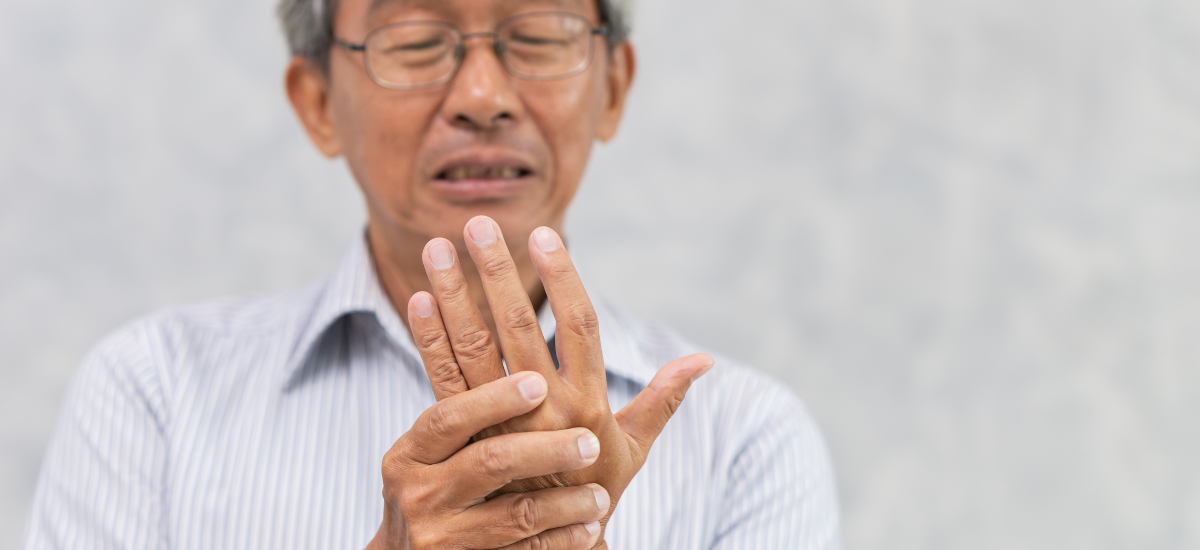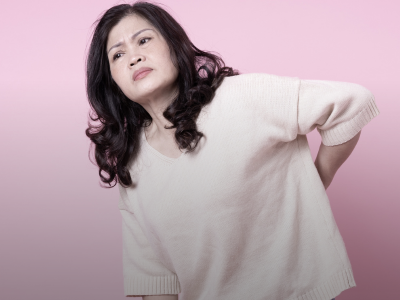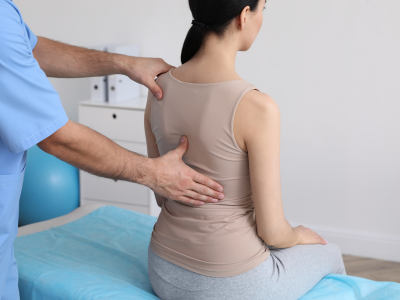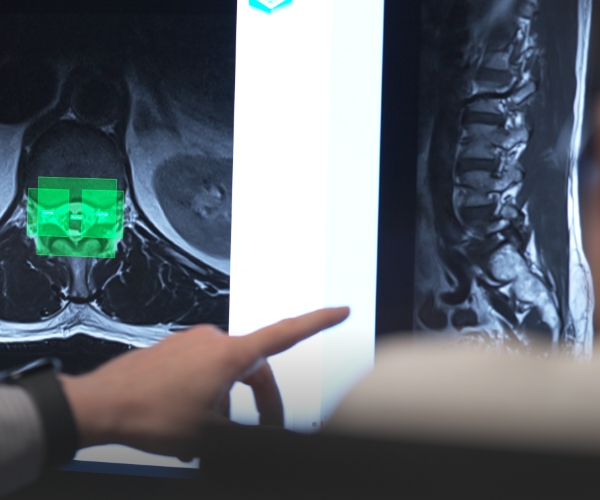Published on 20 December 2022
Our hands are vitally important in our daily lives – find out what are some of the common hand injuries to look out for, and how they can be treated.
From grasping, to holding, to feeling, and even communicating, our hands can perform a wide variety of important functions, and is one of the most used parts of the body.
An injury to the hand – especially one that causes partial or complete loss of functionality – can therefore be debilitating, and cause great inconvenience to your everyday life.
However, protecting our hands from harm is often easier said than done, given how doing even the most innocuous and mundane of tasks can lead to injury.
Dr Renita Sirisena, Consultant, Division of Hand & Reconstructive Microsurgery, Department of Orthopaedic Surgery, Ng Teng Fong General Hospital (NTFGH), said, “We see a broad range of hand conditions in our clinics. Some of the more common conditions like trigger finger, and De Quervian tenosynovitis (also known as ‘washerwoman’s sprain’) are related to repetitive stress activities – wringing cloths, carrying plastic bags, prolonged gripping and typing.
“As for hand arthritis, it is usually related to degeneration and previous injuries such as fractures.”
Trigger unhappy
According to Dr Sirisena, the most common hand ailment seen in the clinics is ‘Trigger Finger’.
The condition affects about 2.2% of the general population, and is more commonly found in those over 30. Women, as well as those with medical conditions such as diabetes, rheumatoid arthritis, and kidney disease, are also more prone to trigger finger.
The condition can also affect multiple fingers at the same time – the most common digit to have trigger finger is the middle (34.5%), followed by the thumb (25.6%), ring (24.5%), index (11%), and little (4.4%).
But, how do you know whether that pain and discomfort in your hand is really a sign of trigger finger, or something more serious? When should you seek medical help?
“The usual hand complaints are pain, numbness, inability to make a full fist, uneven movement of the finger, and lack of grip strength,” Dr Sirisena explained. “You may feel pain and discomfort at the base of the finger when you bend or straighten it. Other symptoms include clicking, joint stiffness, and swelling.
“When these symptoms start to affect your function, it would be advisable to seek medical consultation as early intervention can help prevent progression of the condition.”
When ageing hands hurt
Another hand ailment that is prevalent in Singapore is osteoarthritis – a condition that women, as well as the elderly, are particularly susceptible to.
Caused by wear and tear of the small joints of the hand, symptoms of osteoarthritis include pain in the fingers, deformity, stiffness, loss of hand strength, as well as changes to the fingernail, and mucous cysts.
Dr Sirisena elaborated, “Hand osteoarthritis is degenerative…and is predominantly seen in women, with the extent and incidence of arthritis increasing with age. Osteoarthritis can be related to previous hand injury, but most have no predisposing cause.”
She added that around 40% of patients with hand arthritis also suffer from carpal tunnel syndrome – a condition that occurs when the median nerve, which runs from the forearm to the palm, is compressed.
Some of the main complaints of carpal tunnel syndrome include numbness affecting the thumb, index, middle and half of the ring finger. Oftentimes, the patient will also feel tingling in their hand, or a burning pain that gets worse in the morning. In addition, the muscle bulk of the hand tends to get smaller, which then leads to a weaker thumb and general difficulty in gripping.
Helping hands
Thankfully, most hand problems are treatable, oftentimes without the need for surgery.
One of the common ways of managing conditions like trigger finger, osteoarthritis, and carpal tunnel syndrome is steroidal injections.
Dr Sirisena, however, noted that patients often have a misconception about steroidal injections, and are concerned about the side effects.
“The risk of the steroid injection is usually localised to the area where it is given, and there are minimal systemic side effects,” Dr Sirisena assured.
“The effect of the injection is also not immediate and would require 10 to 20 days to see results. The injection is usually 60-70% effective, but for those whose condition recur after the injection, we are unable to predict what the (recovery) time frame will be.”
Other non-surgical methods include therapy, stretching, taking medications and vitamins, as well as making lifestyle changes to protect the injured hand.
However, if the severity of the injury is serious, then surgery might be recommended by your doctor, as Dr Sirisena said, “For most conditions there are non-surgical and surgical management options. These options will be discussed and the pros and cons addressed. The choice of treatment is individualised and dependent on your condition's severity.”
Dr Sirisena also emphasised the importance of therapy, and advised patients not to rush the recovery process.
“We usually take a multi-disciplinary approach to treating these hand injuries, and therapy is a key part of that recovery progress,” Dr Sirisena said. “For that, we have our hand occupational therapists guide patients with their therapy, with the aim of helping them regain full hand functionality.
“After all, there is a delicate balance between splinting the joint to rest, versus moving the joint to prevent stiffness. Prolonged splinting can result in stiffness and thus the therapy program is usually tailored to the specific condition.
“If any motion or activity causes you pain, it is best to stop that activity and modify the way it is done. After any injury, it is important to know that time is required for you to build up strength and range of motion to that of pre-injury levels, and one has to have patience as the body recovers.”
In consultation with Dr Renita Sirisena, Consultant, Division of Hand & Reconstructive Microsurgery, Department of Orthopaedic Surgery, NTFGH.



